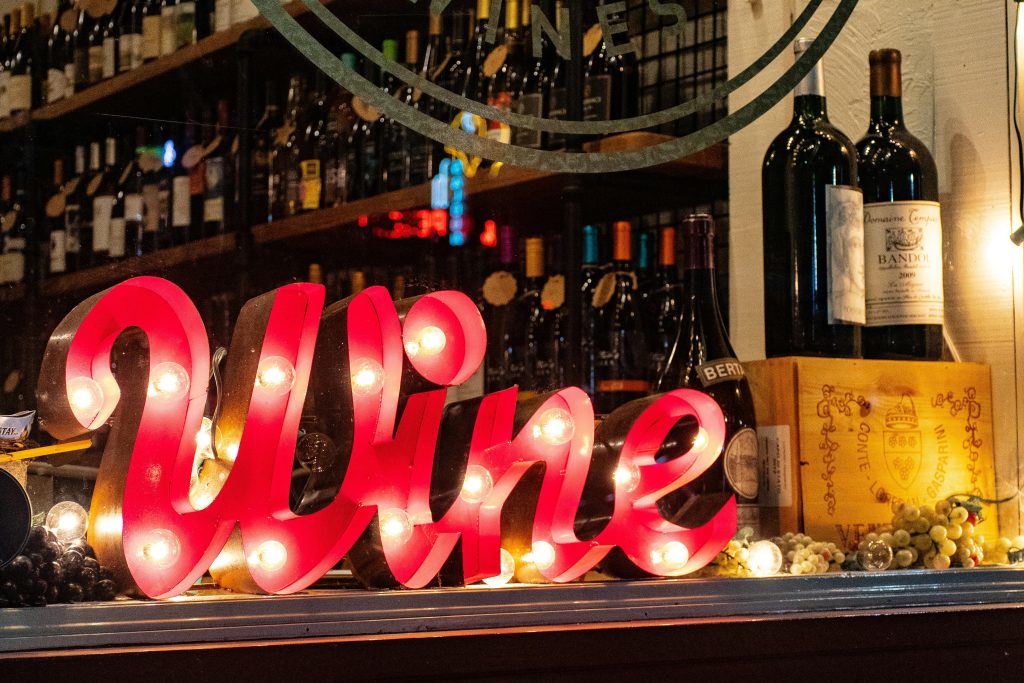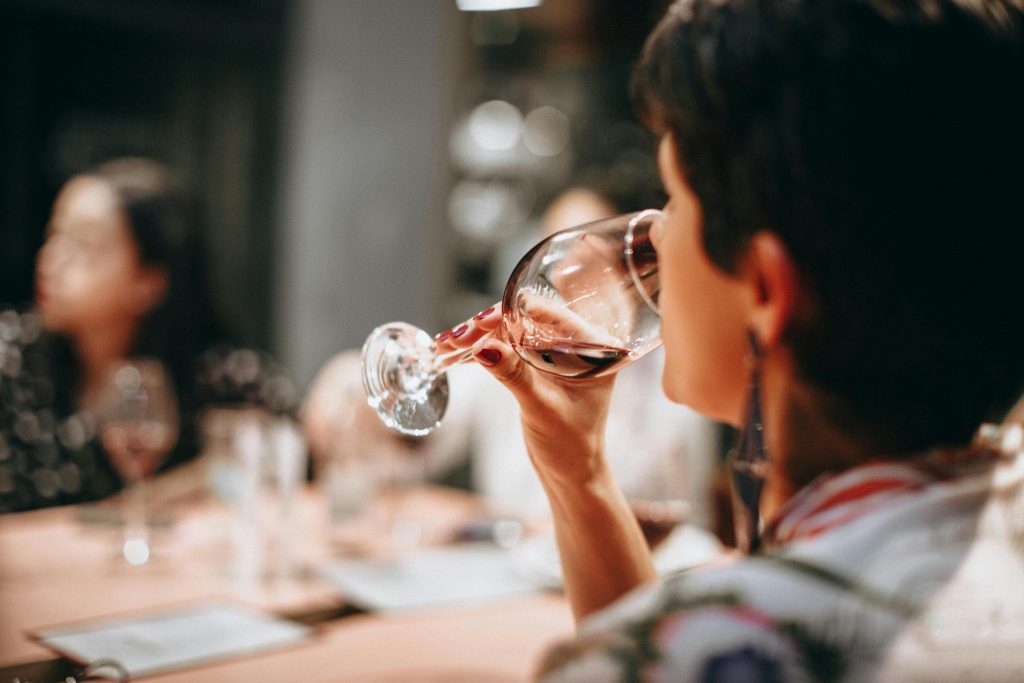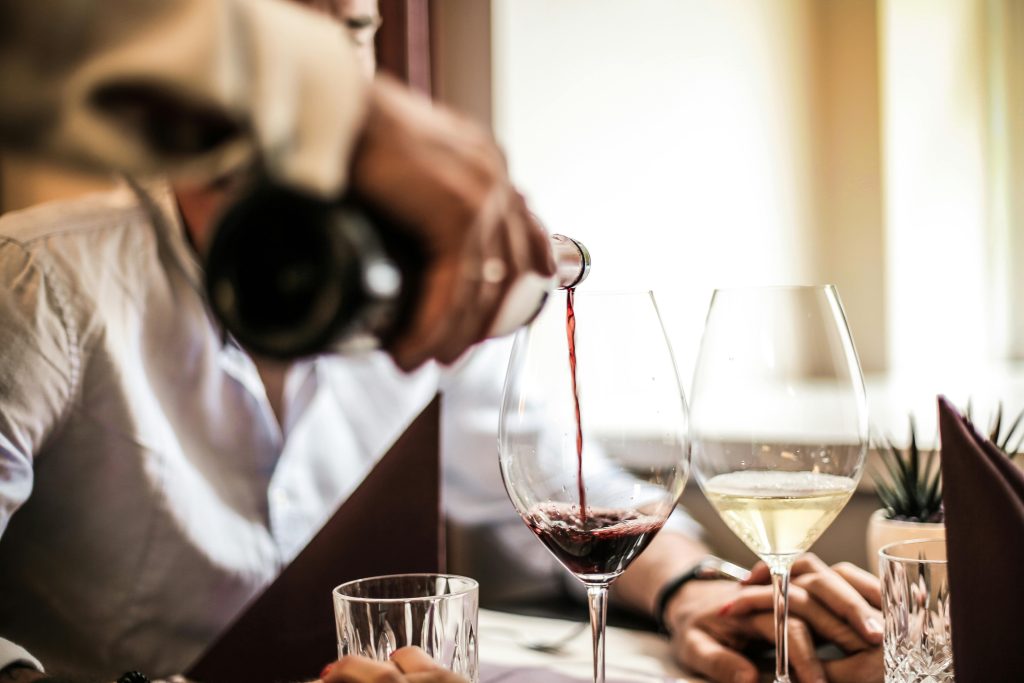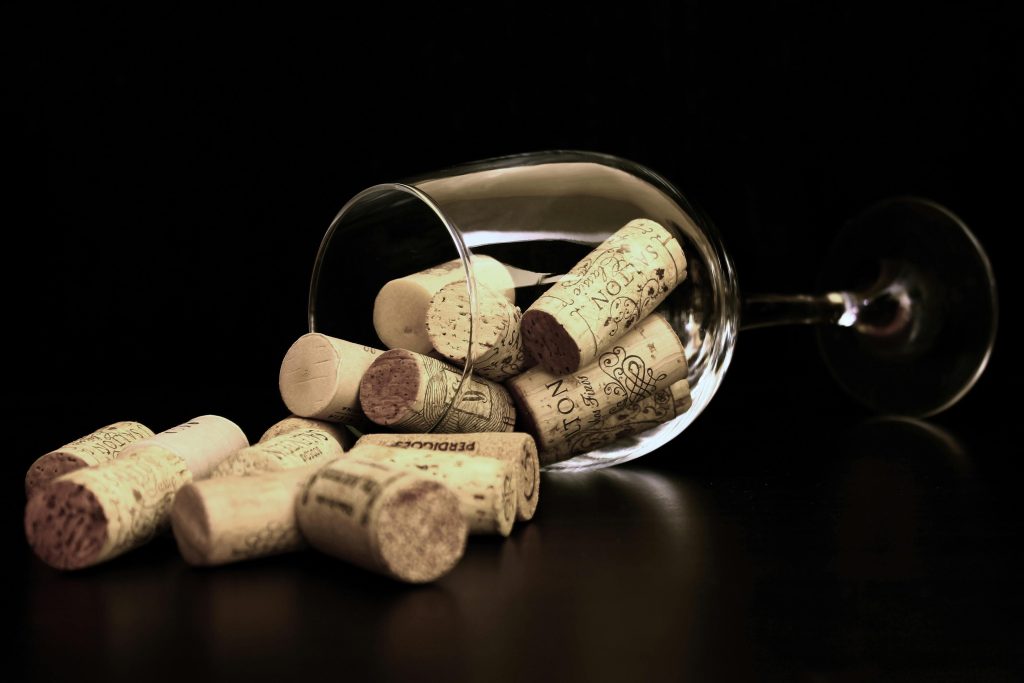
Wine lovers, brace yourselves. The wine industry is at a crossroads. Two major forces are shaking up the market: a proposed 200% tariff on European wine imports and a significant shift in drinking habits, especially among younger generations. With Gen Z and Millennials turning away from wine, and tariffs threatening to make European bottles a luxury, the industry faces an uncertain future. But is there a way around it? Could alcohol-free wine be the loophole wine importers need? Let’s break it all down.
The U.S. Tariff Threat: What’s Happening?
On March 13, former U.S. President Donald Trump threatened to impose a 200% tariff on European wines, champagnes, and other alcoholic imports. This aggressive move was a response to the EU’s proposal of a 50% tax on American whiskey. If enacted, these tariffs would double the cost of European wines in the U.S., making them unaffordable for many consumers and putting small wine importers at risk.

Who Will Feel the Impact?
If these tariffs become reality, here’s who will feel the squeeze the most:
- U.S. Wine Importers & Retailers – Many rely heavily on European wines. A price surge could drive customers away, making it harder to stay afloat.
- American Consumers – Say goodbye to your favorite $15 bottle of Bordeaux. With a 200% tariff, that same bottle could cost over $45.
- European Winemakers – The U.S. is one of their biggest export markets. Losing American buyers could force wineries to find new markets or cut production.
- The U.S. Wine Industry – Domestic wine producers might see short-term benefits as consumers look for alternatives, but the overall wine culture could take a hit if fewer people drink wine at all.
The Bigger Problem: Millennials and Gen Z Are Drinking Less Wine
Even without tariffs, wine consumption is declining among younger generations. So, how will the future of wine look like? Millennials and Gen Z are choosing cocktails, craft beer, and even cannabis-infused drinks over wine. Why? A mix of cost concerns, health consciousness, and changing social trends.
👉 Read more: The Impact of Gen Z on Wine Consumption

Why Are Young People Ditching Wine?
- Cost – Quality wine isn’t cheap, and younger generations are more budget-conscious.
- Health & Wellness Trends – Many prefer low-alcohol or alcohol-free options.
- Lifestyle Changes – The rise of sober-curious movements and mindful drinking has shifted habits.
- Too Traditional? – Wine culture still carries a formal, high-brow reputation that doesn’t always appeal to younger drinkers.
The numbers don’t lie. According to industry reports, wine consumption among Americans in their 20s and 30s has fallen by nearly 15% over the last five years. If this trend continues, the future of wine could look very different from today.
Could Alcohol-Free Wine Be a Loophole in the Tariff War?
With tariffs looming, one potential escape route might be alcohol-free wine. The proposed tariffs specifically target alcoholic products, but in the U.S., any drink with less than 0.5% alcohol is legally classified as “non-alcoholic.” That means alcohol-free wines might avoid the tariff hike, keeping them affordable and accessible.
According to a ruling by U.S. Customs and Border Protection, alcohol-removed wines with an alcohol content of 0.5% or less are classified differently from traditional wines for tariff purposes, potentially exempting them from the proposed tariffs (source).
👉 Read more: The Rise of Low-ABV and No-Alcohol Wines
Why This Could Work
- No Tariff Increase – If classified as a non-alcoholic beverage, alcohol-free wines could be imported at regular rates.
- Aligns with Market Trends – More young consumers are already shifting toward low-ABV and non-alcoholic drinks.
- Expanding Selection – More European wineries are producing high-quality alcohol-free options.
But will consumers embrace it? That depends on how well winemakers can replicate the taste and experience of traditional wine without the alcohol.

Tariff Loophole? Comparing Wine vs. Alcohol-Free Wine
| Category | Standard Wine | Alcohol-Free Wine |
|---|---|---|
| Subject to Tariff? | Yes (200%) | No (or much lower) |
| Alcohol Content | 12-14% | Less than 0.5% |
| Market Appeal | Older consumers | Younger, health-conscious drinkers |
| Availability | Wide variety | Growing selection |

What’s Next for the Future of the Wine Industry?
With these two major challenges—skyrocketing tariffs and shifting consumer habits—the wine industry needs to adapt. Here’s how:
1. Emphasizing Domestic Wines
With European imports becoming pricier, American wineries may see an opportunity to capture more of the market. This could lead to an increased focus on affordable, high-quality domestic wines.
2. Investing in Alcohol-Free Wines
If tariffs drive up wine costs, alcohol-free wines could gain traction. Wineries may need to refine their production techniques to improve taste and appeal.
3. Changing Wine Marketing for Younger Audiences
- More sustainability-focused branding
- Easier access through direct-to-consumer shipping
- More casual and approachable messaging to break away from the “stuffy” wine image

4. Exploring Future Wine Markets
If the U.S. becomes too expensive, European wineries might shift focus to Asia or South America, where wine consumption is rising.
Final Thoughts: A Wine Revolution?
The future of wine is facing a perfect storm—high tariffs and declining interest from young drinkers. But where there’s change, there’s also opportunity. Alcohol-free wines could be a surprising winner in this situation, offering both a tariff loophole and a product that aligns with modern drinking habits.
The big question remains: Will traditional wine lovers embrace this shift, or will wine become a relic of the past? Either way, the industry must adapt, or risk being left behind in a rapidly changing world.
[…] If you’re interested in how global forces like tariffs and shifting drinking habits are impacting wine, check out this article on the future of wine. […]
[…] Curious about how else wine is evolving in 2025? Don’t miss our deep dive: The Future of Wine: Will U.S. Tariffs and Changing Drinking Habits Reshape the Industry? […]
[…] our article on U.S. tariffs and changing drinking habits, we took a closer look at how these policy shifts are reshaping the wine world. But the bottom line […]